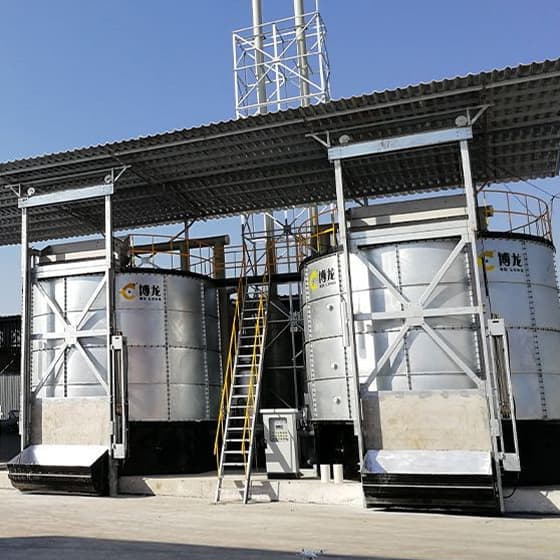Introduction
Fermentation has long been a cornerstone of livestock production, yet many farmers are still unfamiliar with the true potential of this powerful tool. In this comprehensive guide, we will delve into the world of livestock fermentation, exploring the key benefits, the science behind the process, and the practical steps to incorporate fermentation tanks into your farming operations.

Understanding Livestock Fermentation
Fermentation is a natural process that occurs when microorganisms, such as bacteria and yeast, break down organic matter in the absence of oxygen. In the context of livestock farming, fermentation can be harnessed to enhance feed quality, improve gut health, and reduce waste management challenges.
The Benefits of Livestock Fermentation
Improved Feed Utilization: Fermentation can increase the bioavailability of nutrients in livestock feed, allowing animals to extract more energy and nutrients from the same amount of feed. This can lead to enhanced growth rates, better feed efficiency, and reduced feed costs.
Enhanced Gut Health: The probiotics and beneficial enzymes produced during fermentation can help maintain a healthy gut microbiome in livestock, supporting immune function, nutrient absorption, and overall animal well-being.
Reduced Waste and Emissions: Fermentation of livestock manure can help transform waste into valuable resources, such as biogas and nutrient-rich fertilizers, while also reducing the environmental impact of livestock operations.
Increased Profitability: By optimizing feed utilization, improving animal health, and generating new revenue streams from waste management, livestock fermentation can contribute to the overall profitability of your farming business.
Implementing Fermentation Tanks on Your Farm
Choosing the Right Fermentation Tank: Consider factors such as tank size, material, and features to ensure the tank meets the specific needs of your livestock operation.
Designing the Fermentation System: Incorporate necessary components like agitation systems, temperature control, and monitoring equipment to ensure the fermentation process is well-regulated and efficient.
Establishing Proper Protocols: Develop standard operating procedures for feed preparation, fermentation management, and waste utilization to maximize the benefits of your fermentation system.
Training and Ongoing Maintenance: Educate your staff on the proper operation and maintenance of the fermentation tanks to ensure long-term performance and consistent results.

Conclusion
Livestock fermentation is a powerful tool that can transform your farming operation, enhancing feed efficiency, animal health, and waste management. By embracing this technology and implementing fermentation tanks on your farm, you can unlock new levels of productivity, profitability, and sustainability. Take the first step towards a more efficient and environmentally-friendly livestock operation today.